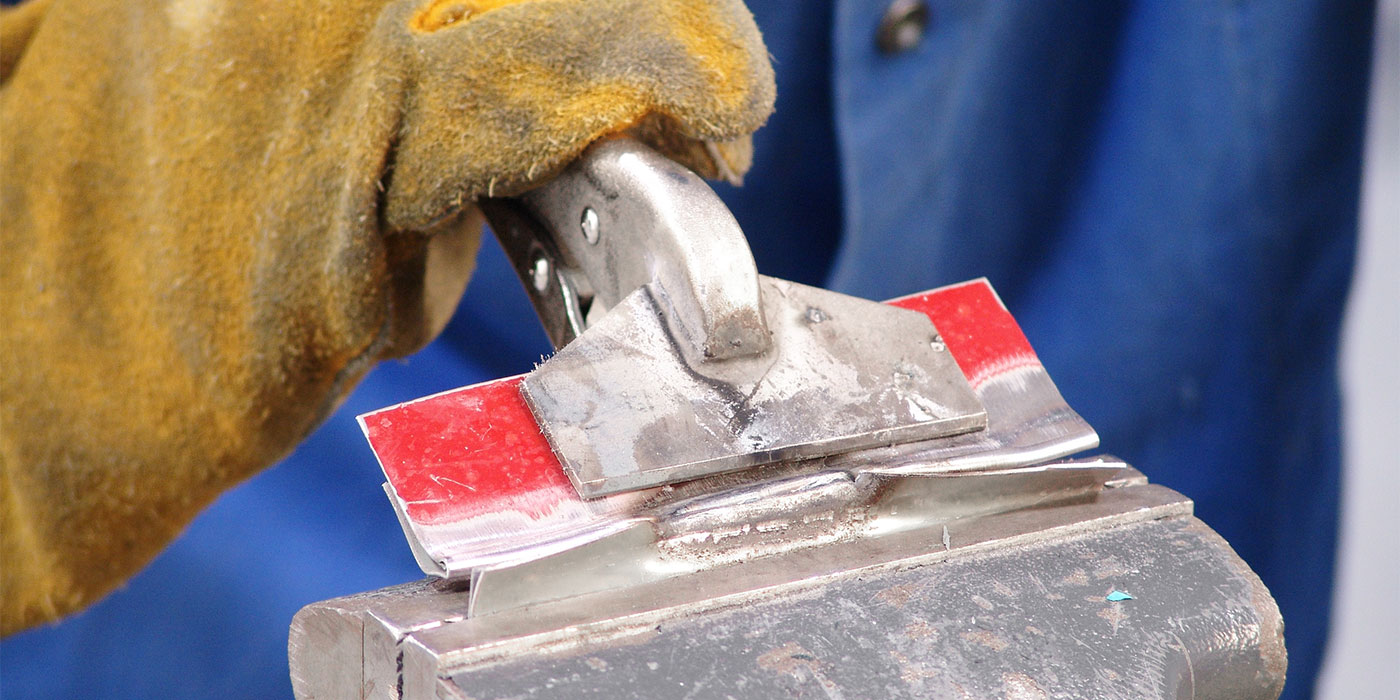Call me completely naive or totally misinformed, but there are certain things that I assume all people do. For instance, I assume that all people wear seat belts. For me, it’s automatic, even when I’m simply crossing a parking lot. I know, perhaps that’s a little over-cautious, but I just feel safer. So I was surprised to learn the other day that 25 to 30 percent of drivers do not wear their seat belts regularly. Really? I was shocked and amazed that something I do without a thought every time I get in my car was not something that everyone (or at least 90 percent of drivers, a number that would have made me happy) does. I just assumed that everyone had a healthy interest in their own safety, so why would they not buckle up?
I also assume that every driver uses their indicators. But that assumption is slowly going away with each drive to and from work I make. I would peg the number at 50 percent at best. The reason I use them every time, even on a barren highway where there’s only me and a screeching red-tailed hawk soaring above, is that you never know. I use my side-view mirrors, but I’m human and there are blind spots and I’m not always going to see you. So I figure if I at least let you know that I intend to merge into your lane, you’ll have a fighting chance to get out of the way.
I used to also assume that everyone reads instructions. I’m a big-time instructions reader. As a freewheeling bachelor, let me use microwave dinners as an example. The instructions for most are pretty much the same: slit cover to vent, microwave on high three to four minutes, allow to cool for a minute or so. In fact, the instructions are so often the same that I could easily rip one out of the box, toss the box in the garbage without reading the instructions, throw the dinner into the microwave and punch in four minutes.
But it turns out this wouldn’t be too smart if your goal is to achieve optimal results. Why? Because on some entrees, you’re not supposed to slit the cover to vent. Also, some entrees require a nine- to 10-minute cook time, sometimes on a high setting or sometimes on medium. Still others require that you stir the contents after three to four minutes, then microwave for an additional three to four minutes. And that’s why I always read the instructions. But why I read the instructions for a particular entree that I’ve had many times before and thus know the instructions already…well, that might be a good reason to attend therapy. I guess it comes down to having the confidence that what I’m doing is right. If I didn’t bother to read the instructions, I would feel unsure about the process I was under-taking…and that’s not a good feeling to have.
That’s just crazy talk about microwave dinners. If you were repairing a vehicle that carries precious human cargo inside, wouldn’t you be doubly sure to read the directions for use or manufacturer’s guidelines? I would assume so. But judging from how many times our technical writers say, “Make sure to follow the manufacturer’s guidelines,” I have to believe that not everyone does this. They’re not just saying that to fill up space, I can assure you of that. Through their years of experience, they know that there are some repairers out there who just rip and go.
I think that’s a huge mistake. First of all, just because one product from one manufacturer is similar to another product from a different manufacturer, doesn’t mean the instructions for use will be the same. Second, the manufacturer is intimately familiar with its product. It has put a lot of time and energy into developing and testing the product to figure out the proper way to use it to achieve the optimal results. Even though you’re pretty darned good at what you do and may have tons of experience, you haven’t put in the same time with the product. Trust and follow what the manufacturer says.
I don’t know why some of us don’t feel the need to read instructions or follow manufacturers’ guidelines. Maybe it’s an arrogant “I don’t need no instructions” attitude. Maybe it’s laziness. Maybe we just assume that all products of the same type can be applied the same way. Ultimately, I think it’s better to err on the side of caution and eliminate the pang of doubt you may have while doing a repair caused by the uncertainty that what you’re doing is the right way to use the product.
E-mail comments to [email protected]













